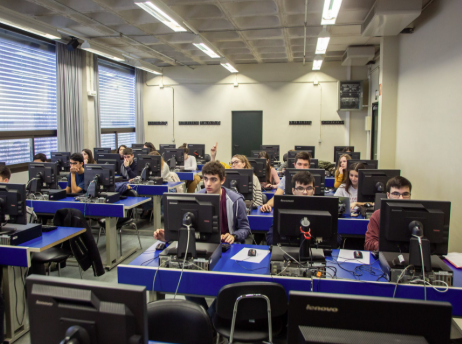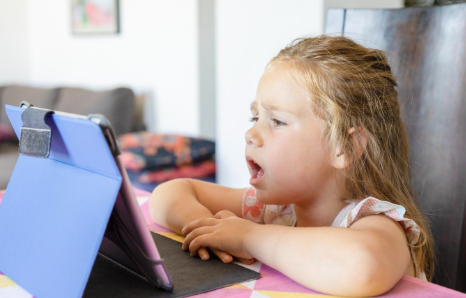As technology reshapes the educational landscape, remote labs are becoming a powerful tool for bringing hands-on, practical learning experiences to students regardless of location. These digitally enabled environments allow learners to conduct experiments, manipulate equipment, and engage with scientific or technical tasks in real time—all from a distance. By combining interactivity with accessibility, remote labs are opening new opportunities for experiential education.
What Are Remote Labs?
Remote labs are virtual or internet-connected platforms that allow students to access real laboratory equipment or simulations through a computer or mobile device. These labs may provide live video feeds, data collection tools, or interactive interfaces that replicate the experience of being in a physical lab. Unlike simulations alone, some remote labs connect directly to real hardware, such as sensors, machines, or scientific instruments.
Benefits of Remote Labs
One of the most significant advantages of remote labs is accessibility. Students in remote, rural, or underserved areas can access the same high-quality lab experiences as those on campus. This model supports equity in education and helps bridge resource gaps between institutions.
Flexibility is another major benefit. Remote labs can be accessed on-demand, allowing students to conduct experiments outside of standard classroom hours. This supports personalized learning, self-paced study, and accommodation for different time zones or schedules.
Remote labs also support safety and cost efficiency. Certain experiments—particularly in chemistry, engineering, or physics—require expensive equipment or involve safety risks. Remote setups can reduce these barriers, making it possible to perform complex procedures in a controlled, monitored setting.
Applications Across Disciplines
While often associated with STEM fields, remote labs are being used in a wide range of disciplines. In engineering, students can control robotic arms, run diagnostics, and analyze data in real time. In biology or environmental science, learners can monitor ecosystems, conduct DNA sequencing simulations, or study remote sensor data. Even in health sciences, virtual labs can help learners practice skills like medical diagnostics or anatomy exploration.
Challenges and Considerations
Despite their benefits, remote labs also present challenges. Internet connectivity and device compatibility can affect the user experience. Schools must ensure that platforms are reliable, accessible on multiple devices, and user-friendly.
Additionally, some critics argue that remote labs cannot fully replicate the tactile, sensory experiences of physical lab work. However, when combined with in-person opportunities or high-quality simulations, they can offer a blended, enriched experience that balances realism and reach.
Innovative Tools and Platforms
Several organizations and universities have developed advanced remote lab platforms. Tools like Labster, Go-Lab, and the MIT iLab project provide robust remote lab experiences, featuring interactive elements, guided learning, and real-world problem scenarios.
Some schools are also investing in virtual reality (VR) labs, which simulate immersive lab environments. These tools further enhance engagement and provide a sense of presence that bridges the gap between virtual and physical settings.
Conclusion
Remote labs represent a major innovation in practical education. By combining access to equipment, flexible learning, and digital technology, they allow students to explore, experiment, and learn in ways that were previously limited by geography or resources. As education becomes more digital and inclusive, remote labs will play a key role in ensuring that hands-on learning remains an integral part of every student’s academic journey.


